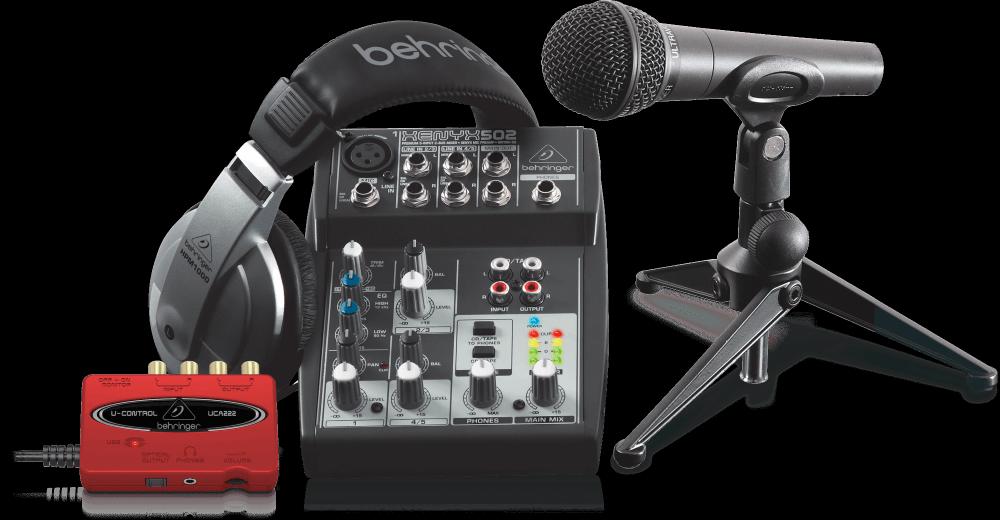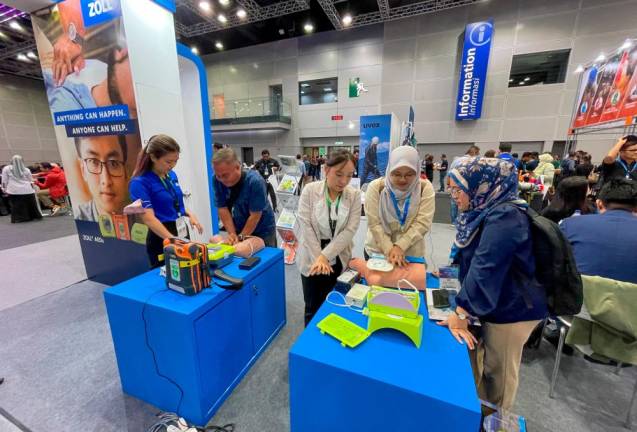THE process of starting a podcast can be extremely confusing, but with these straightforward steps, you will find out that it is actually pretty simple and clear enough for you to begin podcasting and build your audience with ease.
In recent years, podcasting has become quite popular and has altered how people gain knowledge and information, as well as the way they find something to fill up their time.
Let’s begin by defining what a podcast is. Technically, a podcast is a digital audio file made available on the Internet for downloading to a computer or mobile device, typically available as a series, new installments of which can be received by subscribers automatically via an RSS feed.
In contrast to other digital audio formats, podcasts often consist of speaking or conversation, rather than music.
Aside from its variety of purposes, the primary objective of a podcast is to entertain its listeners. Subscribing to a podcast may be prompted by a number of factors, including the desire to get current-events updates and analysis, learn about a new topic, as well as business and economics, among other things. So, if you want to start a podcast, here are the fundamental steps you must take:
Planning and developing the concept
This is the first step in starting a podcast. You should spend considerable time planning before proceeding. So take out your notebook and write down your podcast’s objectives, theme or topic, and a name for your podcast, as all these are essentials to make your podcast start and run smoothly. By doing this, you’ll get to choose the right concept for your new podcast and indeed, it is a big part of attracting the right listeners and staying committed to your show.
If you are starting a podcast with no audience, you will have to make assumptions about your audience, apply your judgment, observe and analyse competitors, and discover unique ways to promote yourself soon immediately.
-> Finding a topic and theme – You should be excited to explore and review your podcast topic on a regular basis. The more you enjoy your topic, the less likely you are to give up in the future. Once you’ve generated some ideas, conduct some market research to evaluate the competition in your genre.
-> Name/Title – Your podcast title is an important aspect of your identity. It makes an immediate impression on listeners and establishes the tone for your podcast. Once you’ve decided on a title, use a podcast name checker to ensure that the social accounts and domains are available. You don’t want to get mistaken for another existing podcast.
Find your podcast format
If you are just starting your podcasting journey and are unsure of which format will perform better, you should aim for the most popular format and adjust the length of your podcasts afterward.
Interview formats are popular, but that doesn’t mean you have to do one. You can do solo (or co-hosted) shows half the time and interview shows the other half. One big benefit of doing interviews is that they help a ton with getting new listeners, especially if you make it easy for your guest to share with pre-written templates and graphics.
Then the next thing is finding a suitable length for your podcast. The most popular length of podcasts, according to a recent survey of podcasters, is between 15 and 30 minutes, regardless of how well the podcast is monetised.

Setting up podcast equipment and software
You don’t have to buy expensive equipment to have good audio. Lots of popular podcasts have a basic setup. All you need is just a good podcast mic that enhances your audio quality and makes editing easier.
If you do not have time to do some research about these things, you could also find them on the internet by just typing ‘podcast starting kits’. There are plenty of them from different sites that provide a complete set of microphones, audio interface and also headphones depending on your budget and podcast style.
Along with the equipment, the software is essential too as you finish recording, you might want to edit the session. Fortunately, podcast editing software is quite affordable. There are even some high-quality, free podcast editing tools such as GarageBand and Audacity.
Once everything is ready, connect your mic to your computer or audio recording device. If you have a USB mic, plug the cable into your computer’s USB port. If you have multiple hosts, run each mic through an audio interface and plug the interface into the computer. Once plugged in, go to your audio editing software settings and select your audio input.
Record, edit, and create artwork
Your episode needs some pre-production. Writing a script or structure helps beginner podcasters avoid rambling, one of the most typical blunders. Even a few minutes spent writing bullet points will greatly improve your episode’s flow.
Push away any nervous feelings and try to speak at a consistent volume in a variety of positions while recording. Then, play back the clip to check which position produced the highest audio quality. Don’t be concerned about mistakes, stuttering, or silence. You can make changes in the following step.
Moving on to editing, podcast editing is primarily for cleaning up the audio and making basic changes to the structure. Try to keep the process simple. If you focus too much on production, you’ll get overwhelmed.
Keep in mind that your podcast intro tells your audience what you’re about, and the value your podcast brings. When done well, your intro hooks listeners and convinces them to stick around for the whole episode.
Also, your podcast cover art is the first thing potential listeners see on Apple Podcasts or social media. Good artwork implies quality content, and 62% of new listeners are more likely to listen to a podcast if they like its cover art. Your cover art is also the first impression most people experience as they browse through. You can use Canva or any applications you favour to edit the artwork of your podcast as long as it follows the recommended podcast artwork requirements.

Launch your podcast
When it’s time to launch your podcast, you have two options. Choose whichever one feels best to you. A grand opening is when you build hype for your show before its launch. This is the approach used by most podcasters with an existing following. Pick a launch date a few weeks away and reach out to people who might be interested.
It takes time to get the word out about your podcast. Share your podcast with family and loved ones and ask for feedback. You can get their honest opinions and have them leave your first reviews on Apple Podcasts.
Sharing podcast content on social media helps you build a connection with your listeners that can be hard to achieve over just audio. You can create Visual Soundbites for Facebook and Instagram, boost tweets on Twitter, and post content on LinkedIn. You could pick up ten new listeners over your first few episodes if you do this right.
Providing value on forums like Reddit, Quora, or Facebook groups helps direct people to your podcast. Respond to relevant, recent questions you can confidently answer. Include a link to one of your episodes to direct traffic to your podcast.
Cross-promotion lets you partner with other podcasters and promote each other’s shows. This marketing method lets you get your podcast in front of a new audience. You can reach out to fellow creators on Podchaser, or find hosts’ contact information on their websites or social media.











